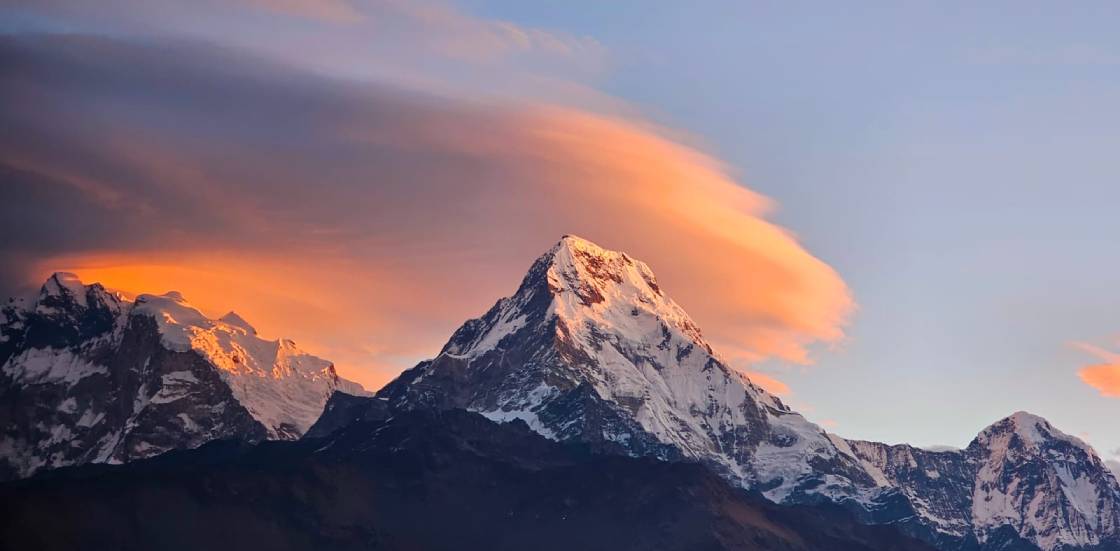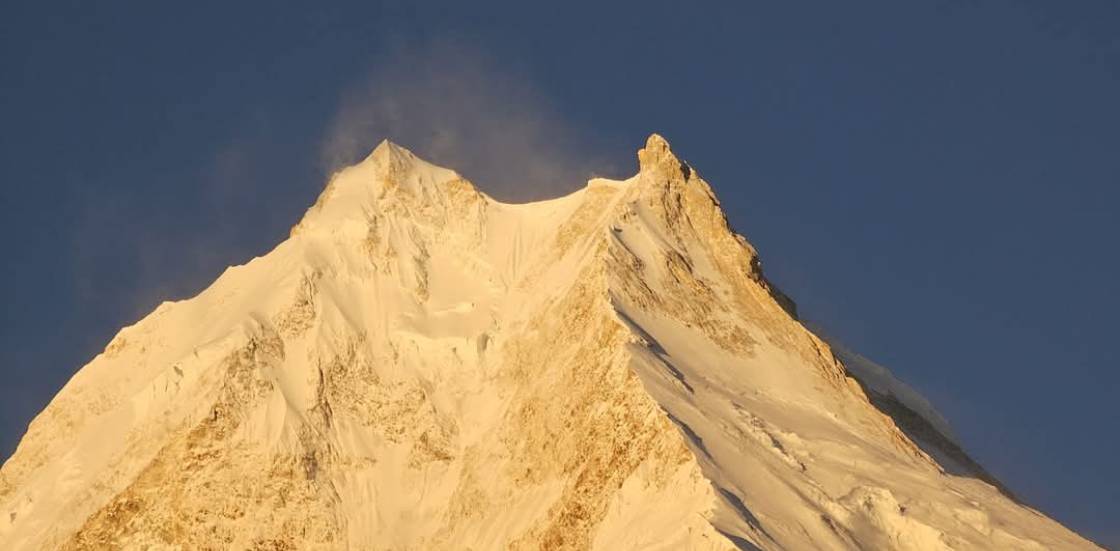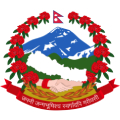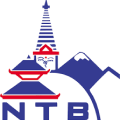Kanchenjunga Base Camp Trek
Trek Duration
21 days
Best time to go
Sep-Nov, Mar-May
Group Size
2-25 People
Max Trekking Altitude
5143m
Accommodation
Teahouse
Trek Grade
strenuous
Area
Nepal
Hours of Walking
5-9 Hours per day
Start point - End point
Kathmandu
The Kanchenjunga Base Camp Trek is a remote and thrilling adventure that takes trekkers to the foothills of Mount Kanchenjunga (8,586m), the world’s third-highest peak. Located in the eastern Himalayas of Nepal, this trek offers an off-the-beaten-path experience through lush rhododendron forests, high-altitude pastures, glacial valleys, and traditional villages inhabited by the Limbu and Sherpa communities. Unlike the more commercialized trekking routes in Nepal, Kanchenjunga remains relatively untouched, preserving its pristine natural beauty and authentic cultural heritage.
The journey to Kanchenjunga Base Camp involves traversing diverse landscapes, from subtropical lowlands to alpine meadows and rugged glaciers. Trekkers follow the trails through Kanchenjunga Conservation Area, home to rare wildlife like the snow leopard, red panda, Himalayan black bear, and blue sheep. The trek is divided into two major routes: North Base Camp (Pangpema, 5,143m) and South Base Camp (Oktang, 4,730m), both offering breathtaking views of the Kanchenjunga massif and surrounding peaks such as Jannu, Yalung Kang, and Kabru.
Kanchenjunga Base Camp Trek
One of the most rewarding aspects of the trek is the cultural immersion in remote mountain villages, where travelers can experience the warm hospitality of the local people, their rich traditions, and unique Buddhist and animist influences. The trek is physically demanding, requiring proper acclimatization and endurance, but it is equally rewarding for those seeking solitude and wilderness away from crowded trekking trails. With its dramatic landscapes, rich biodiversity, and deep cultural roots, the Kanchenjunga Base Camp Trek is a perfect choice for seasoned trekkers looking for an unforgettable Himalayan adventure.
The Kanchenjunga Base Camp Trek revolves around the themes of wilderness exploration, cultural immersion, biodiversity, and high-altitude adventure. Unlike more commercialized trekking routes in Nepal, this trek remains untouched by mass tourism, making it a paradise for those seeking solitude and an authentic Himalayan experience.
The trail leads through some of the most pristine and rugged landscapes, from subtropical forests to high-altitude glaciers. Trekkers navigate deep valleys, cross high passes, and encounter dramatic mountain vistas dominated by Mount Kanchenjunga (8,586m)—the third-highest peak in the world. The journey offers a sense of raw adventure, appealing to those who wish to disconnect from modernity and embrace nature’s grandeur.
The region is home to diverse ethnic communities, including the Limbu, Rai, Sherpa, and Tibetan-influenced Buddhist groups, each with its own traditions, festivals, and way of life. Trekking through these remote villages allows visitors to experience warm hospitality, learn about unique customs, and witness age-old practices such as Shamanism, Tibetan Buddhism, and traditional Limbu rituals.
Passing through the Kanchenjunga Conservation Area, the route is home to rare wildlife such as the snow leopard, red panda, Himalayan black bear, and blue sheep. Trekkers walk through lush rhododendron forests, high-altitude meadows, and glacial terrains, witnessing an extraordinary variety of flora and fauna.
Lastly, the physical and spiritual challenge is an underlying theme. The trek demands endurance, resilience, and proper acclimatization. However, the breathtaking landscapes, the serenity of the Himalayas, and the spiritual essence of the journey make it deeply fulfilling for those who undertake this remote and rewarding adventure.
Itenary
Cost Include
- Airport pick up and drop service in a private vehicle
- Welcome dinner or farewell dinner.
- Twin-sharing accommodation in Kathmandu
- Accommodation during the trekking in a teahouse/Lodge and also in a tent as it’s a remote region treks and teahouses are not available in all the places of the trekking route
- All three meals on the trek (breakfast, lunch, dinner), fruits after dinner, and tea/coffee (3 times a day)
- Round trip airfare to and from Bhadrapur and all the fares of domestic transportation pertaining to the trek
- Government certified English speaking trekking guide
- The entire cost of the staff members involved in the trek (their salary, insurance, equipment, food, and accommodation)
- Porters (one porter for every two trekkers) and his entire expenses (salary, food, accommodation equipment, and insurance)
- Charges of all necessary documentation and permits that include a permit for the Kanchenjunga Restricted Area, the Kanchenjunga Conservation Area Permit
- Down jackets and sleeping bags (upon request), should be returned to the company after completion of the trek.
- Company’s duffel bag (upon request for the trek purpose only), and a company’s t-shirt as a souvenir.
- Trekking route map
- First Aid Kit (carried by a trek guide)
- The arrangement of helicopter rescue service (trekker’s travel insurance must cover this expense)
- All applicable federal and local taxes.
Cost Exclude
- Nepal visa and international flight fare.
- Dinner and Lunch in Kathmandu besides welcome and farewell dinner.
- Expenses for your clothing and personal gears
- Your personal equipment and other expenses such as mineral water, soft beverages, laundry, hot drinking water on the trek, bar bills, showers, internet, and battery chargers.
- Your travel insurance that covers helicopter evacuation as well as medical expenses and trip cancellation
- Tipping to the guide, porter, and drivers
- Any other costs not itemized in the “Cost Includes” are your expenses.







